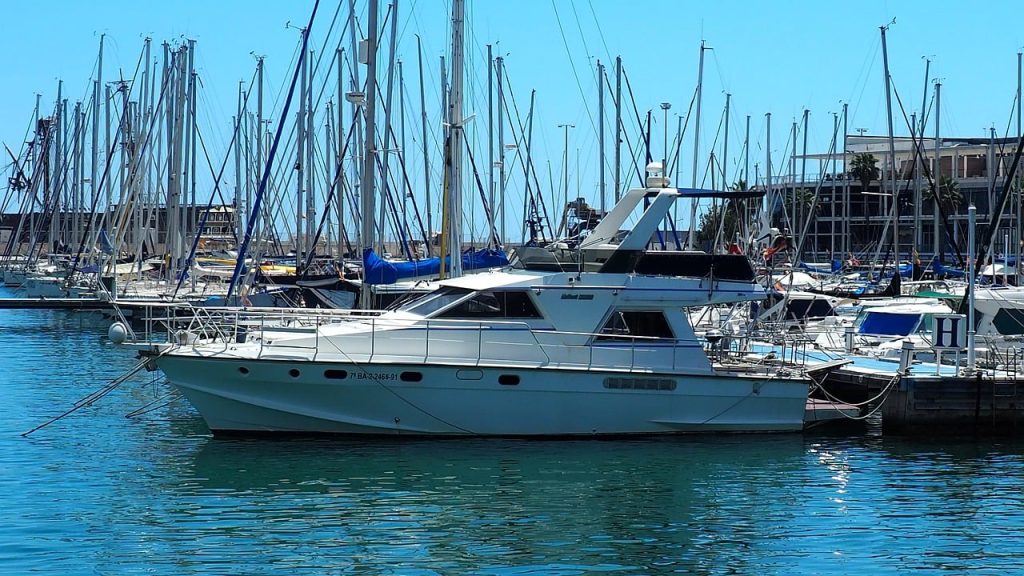Alicante, a historic port city on Spain’s Costa Blanca, offers a vivid tableau of maritime heritage that traces back thousands of years. Its strategic location on the Mediterranean coast has made it a significant naval and trading port throughout the centuries. Today, Alicante’s port is not only a bustling hub of economic activity but also a repository of rich cultural history, making it a fascinating subject for exploration.
Historical Overview
The history of Alicante’s port can be traced back to the time of the Phoenicians, around 1000 BC, when seafarers and traders used the natural harbor as a stopping point along their trade routes. The importance of the port grew under the Romans, who named it "Lucentum," meaning "City of Light." This era saw Alicante flourish as a center for commerce and trade in the Mediterranean.
The Middle Ages brought further development, despite frequent pirate attacks. The construction of Santa Bárbara Castle on the Benacantil Mountain during this period was pivotal in defending the port and city. Throughout the centuries, the port continued to expand and evolve, with the Spanish Empire using it as a crucial departure point for voyages to the Americas.
Economic and Cultural Significance
In modern times, the Port of Alicantine has played a vital role in the economic development of the region. It supports both commercial and fishing fleets, with facilities for cargo handling, ship repairs, and marinas for private yachts. The port is also integral to the local tourism industry, serving as a gateway for millions of visitors who are drawn to the city’s beaches, historical landmarks, and cultural festivals.
The cultural impact of the port is equally profound. It has been a melting pot of various cultures over the ages, influencing the city’s architecture, cuisine, and traditions. Alicante’s annual festivals, such as the Bonfires of Saint John, are deeply intertwined with its maritime identity. These celebrations include symbolic representations of the sea and often conclude with dramatic fireworks displays over the water.
Maritime Museums and Historical Sites
To truly appreciate Alicante’s maritime heritage, one must explore its museums and historical sites. The Maritime Museum, located near the port, offers insights into the city’s nautical history through an extensive collection of maritime artifacts, including ancient navigation instruments, scale models of ships, and historical documents.
Another significant site is the Casa de la Asegurada Museum, which houses an impressive collection of Spanish art alongside maritime exhibits. The museum itself is a beautifully preserved 17th-century building that originally served as a granary for the port.
Visitors can also explore the Lucentum Archaeological Site, where the remains of the ancient Roman settlement provide a glimpse into the city's early importance in maritime trade. The site includes well-preserved ruins of houses, public baths, and a forum.
The Port Today
Today, the Port of Alicante stands as a modern, well-equipped facility that balances commercial activities with cultural initiatives. It hosts an array of events throughout the year, including maritime festivals, boat shows, and cultural exhibitions, which highlight its ongoing commitment to celebrating its maritime heritage.
The port area has also undergone significant redevelopment to enhance its appeal as a leisure destination. The promenade along the marina is lined with restaurants, shops, and cafes, where locals and tourists alike can enjoy spectacular views of the Mediterranean while savoring local seafood dishes.
Environmental Considerations
As Alicante looks to the future, environmental sustainability has become a priority for port authorities. Efforts are being made to minimize the environmental impact of port operations and to promote sustainable tourism practices. This includes implementing stricter pollution controls and developing greener infrastructures, such as renewable energy sources and waste management systems.
Conclusion
The Port of Alicante is much more than a mere point of entry or a hub of economic activity; it is a living museum and a custodian of the region’s cultural heritage. Through its continual evolution and adaptation, it has maintained its relevance and importance in the Mediterranean region. For those interested in maritime history and culture, Alicante offers a unique and enriching experience that connects the past with the present, inviting visitors to explore its rich heritage and vibrant maritime legacy.
Frequently Asked Questions (FAQs)
What is the historical significance of Alicante's port?
Alicante’s port has a rich history dating back to the Phoenician era and was a significant maritime hub during the Roman period known as "Lucentum."
What can visitors learn at the Maritime Museum in Alicante?
The Maritime Museum in Alicante offers insights into the city's nautical history through exhibits of ancient navigation tools, ship models, and historical maritime documents
What role does Alicante’s port play in the local economy today?
Today, the port is crucial for commerce, hosting both commercial and fishing fleets, and supports the local tourism industry by serving as a gateway for visitors
Are there any annual maritime events in Alicante?
Alicante hosts several maritime events annually, including festivals, boat shows, and cultural exhibitions, celebrating its rich maritime heritage
What are the environmental initiatives at Alicante’s port?
Alicante’s port prioritizes environmental sustainability with measures like stricter pollution controls, renewable energy implementations, and advanced waste management systems
